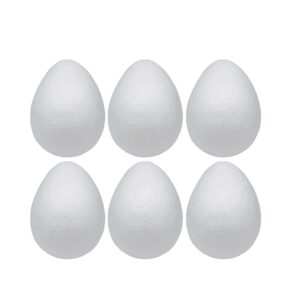We are closed for stocktake from 19th to 27th July 2023
We are closed for stocktake from 19th to 27th July 2023
An MDF cake drum is a sturdy and flat base typically used to support and display cakes. It’s made from medium-density fiberboard (MDF) which is a composite wood product. MDF cake drums are commonly covered with decorative foils or papers to enhance their appearance and can be used as an alternative to traditional cake boards. They provide stability and a polished look to cakes, making them a popular choice for special occasions and professional cake presentations.
Cake boards are an essential element when it comes to presenting and transporting cakes. They provide a stable base for the cake, making it easier to handle, display, and serve. Cake boards come in various sizes, shapes, and materials, each with its own purpose and benefits. Here’s some content related to cake boards:
Cake boards come in various sizes and shapes to accommodate different cake dimensions and designs. Common shapes include round, square, rectangular, and even heart-shaped. It’s important to choose a cake board that is slightly larger than the cake itself to ensure stability and provide space for decorations.
Cake boards can be customized to match the theme or design of the cake. Bakers often cover cake boards with decorative wrapping paper, fabric, or fondant to enhance the overall presentation. Adding ribbons, lace, or other embellishments can create an elegant and cohesive look.
Cake boards are not only practical for supporting the cake but also for ease of transport and presentation. They provide a flat and stable surface for cakes during transit, reducing the risk of tilting or damage. When displaying the cake, a well-chosen cake board can complement the cake’s aesthetics and elevate its visual appeal.
When using cake boards, it’s important to handle them with care. Make sure the cake is properly centered on the board to maintain balance. For tiered cakes, each tier should have its own board for support. If the cake needs to be moved, hold the board from the bottom to prevent any damage to the cake’s structure or decoration.
In conclusion, cake boards are not just functional elements but also integral to the presentation and transportation of cakes. By selecting the appropriate type, size, and shape of cake board, bakers can ensure that their creations are both visually stunning and structurally sound.
| Size | 8 INCHES, 10 INCHES, 12 INCHES, 14 INCHES, 16 INCHES, 18 INCHES, 20 INCHES, 22 INCHES, 24 INCHES, 26 INCHES |
|---|




Premium Quality
Orders Above AED 150
100% Secured

In the world of everything sweet
we offer satisfaction!
+971 50 211 9576
+971 4 576 2868